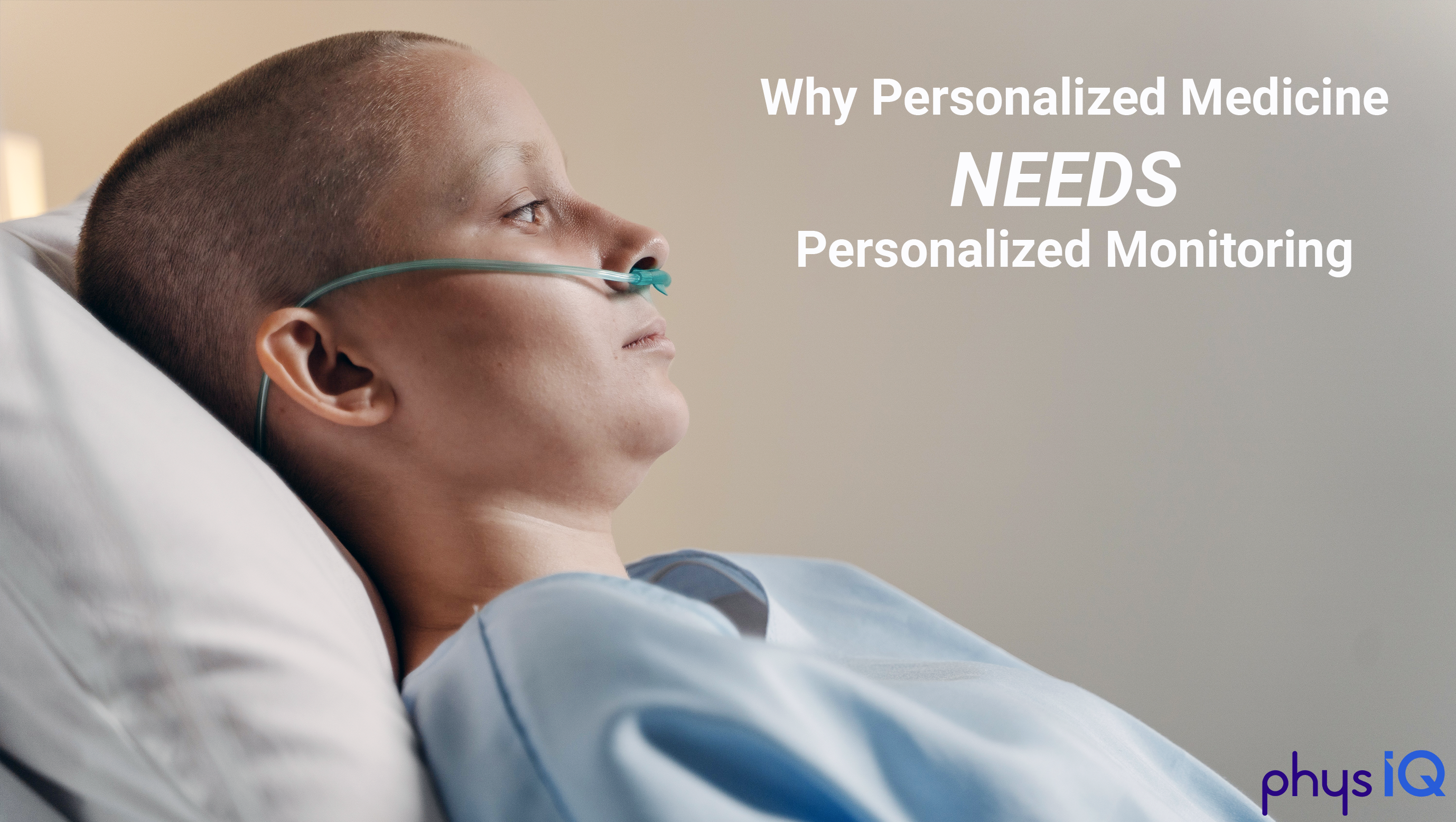Tracking mRNA from Efficacy to Effectiveness
Recent news around the promising mRNA vaccines targeting cancers results indeed caused great excitement in many circles. The number of mRNA clinical...
Recent news around the promising mRNA vaccines targeting cancers results indeed caused great excitement in many circles. The number of mRNA clinical programs and associated trials is growing, and research suggest that the mRNA therapy market is now valued at USD 39.40B, with a growth trajectory pushing values to USD 45.50B by 20301.
Clearly, this early success was celebrated, but at the same time, it created many critical questions and concerns that a few select organizations are primed to either help answer, help mitigate or both. One line of questions aims to drive understanding of the effectiveness (the measure of how well a treatment works in practice, as opposed to efficacy, which measures how well it works in Randomized Clinical Trials -RCT or laboratory studies)3 of mRNA vaccines. Additionally, a deeper understanding of the personalized value proposition, linked to assessing what the specific level of vaccine-mediated immune response provided for each and every unique recipient is and determining if the response is sufficiently robust to mitigate the health need it is being used for.
Traditional measures of vaccine efficacy, while still meaningful in some cases, quickly fall short when applied to next-generation vaccines built on mRNA. In many cases, it would be about as effective as trying to run today’s modern internet on a network using smoke signals. In oncology use-cases the unique morphology and biology of the patient’s own cancer cells are fundamental constituents and therefore population or generalized approaches do not translate efficiently to these use-cases. This distinction is critical since a biopsy of the patient’s cancer is genetically sequenced to identify proteins that inform the production of the vaccine’s relevant mRNA sequences needed to try to expose the tumor cells that are currently unrecognized or invisible to the patient’s immune system. This approach raises some of the key questions around these vaccines:
The fact that the immune response, acute, near and long term, as well as the subsequent remission rate and persistence are all based on an individual patient’s biology and the related physiology results means that solutions that will be needed to measure and quantify effect must be personalized, reliable and suitable for all phases of measurement needs – acute through to long-term. This need will push activities away from challenging monitoring solutions that includes in-patient monitoring and subsequent serial blood draws to personalized, responsive, yet passive solutions like physIQ’s AI-based iMCI Digital Twin solution that uses biosensor data to detect subtle changes in physiology data that can predict change in a person’s status linked to changes in their unique underlying biology. The power of iMCI has been shown in a range of inflammation use-cases, including COVID-19 mRNA vaccine and in Immuno-Oncology therapies known to invoke a very powerful immune response. These data were published and presented to a wide audience including the World Vaccine Congress in 2022.
By using the ”Digital Twin” approach that baselines each and every patient’s own physiology, iMCI has shown an ability to measure extremely subtle but very meaningful biological changes well ahead of traditional measures like the current Gold Standard which is fever. More importantly, this means that iMCI can help clinicians see, at a patient-by-patient level if the mRNA vaccine is in fact performing as anticipated, if additional dosing is needed to fully eradicate the cancer, or if impending immune reaction to the vaccine can be properly managed to avoid risk and discomfort to the patient.
As more research is done with mRNA vaccines (and as more mRNA-based therapies are developed), the need for sophisticated real-time ambulatory monitoring to assure a proper response is occurring, the physIQ iMCI solution becomes an integral part, perhaps even an ethically-mandated need for development phases and then once commercialized. In the commercial phase, iMCI will be critical to assure that therapies are delivering on the baseline effectiveness and personalization of medicine levels they will be measured against.
John Varaklis will chair a session at the 2023 DIA annual meeting titled How Real-World Data from Wearable Biosensors and Artificial Intelligence (A)I-Based Analytics Is Enabling the Shift from Efficacy to Effectiveness.
1https://www.globenewswire.com/en/news-release/2023/03/30/2637927/0/en/mRNA-Therapeutics-Market-to-Reach-USD-45-40-Billion-by-2030-as-a-Result-of-Advances-in-Technology-Particularly-in-Gene-Editing-and-Delivery-Systems-Research-by-SNS-Insider.html
Recent news around the promising mRNA vaccines targeting cancers results indeed caused great excitement in many circles. The number of mRNA clinical...

The recent wave of public interest in several groundbreaking studies of mRNA vaccines in the treatment of cancer are perfect examples of how the rise...

Prevention, early detection, and vigilant patient monitoring are critical elements in successfully and cooperatively managing patients with heart...